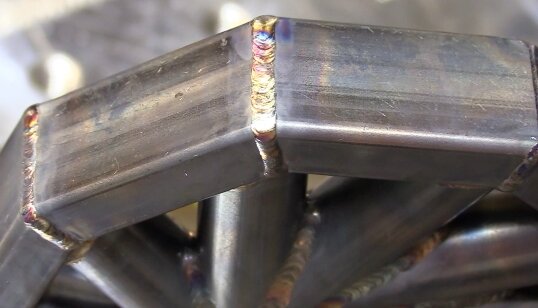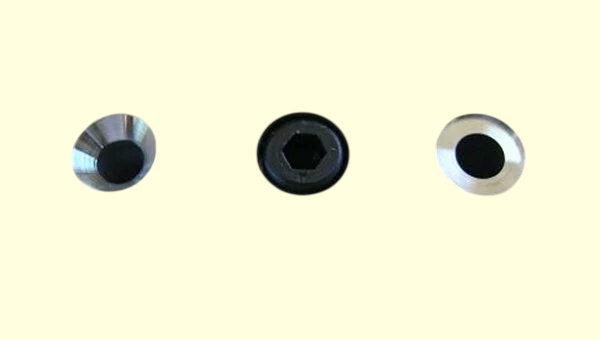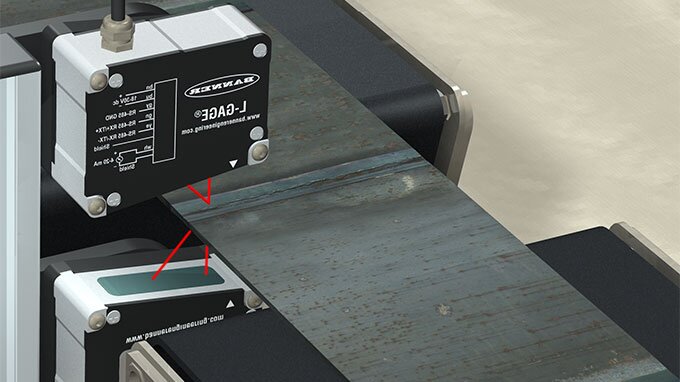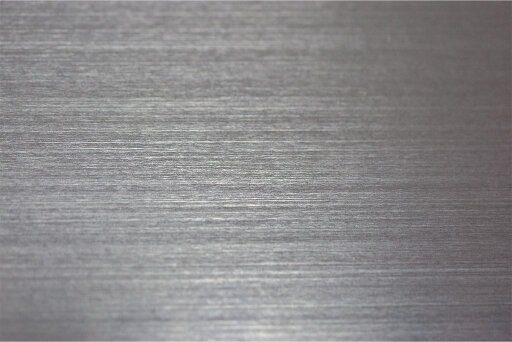엔지니어와 디자이너는 가공을 위해 CNC 가공 또는 수동 가공을 선택하는 경우가 많습니다. 이 결정은 제품 품질, 효율성, 비용 효율성에 큰 영향을 미칠 수 있습니다.
CNC 가공은 더 높은 정밀도, 빠른 생산 속도 및 일관성을 제공하는 반면, 수동 가공은 유연성을 제공하며 더 간단한 소규모 작업에 이상적입니다. 가장 적합한 기술은 프로젝트의 요구 사항, 예산, 원하는 결과에 따라 달라집니다.
어떤 방법이 가장 적합한지 아직 잘 모르시겠어요? 속도, 비용, 정확성 및 확장성의 차이점을 살펴보세요.
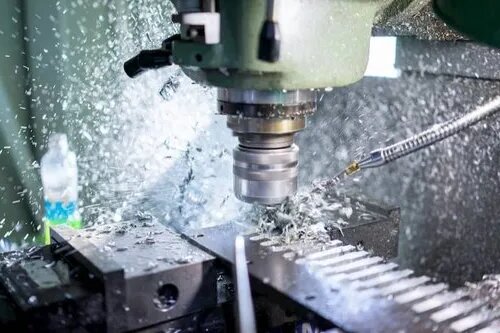
CNC 가공이란 무엇입니까?
CNC 가공 사전 프로그래밍된 소프트웨어를 사용하여 도구와 기계의 움직임을 제어하는 제조 공정입니다. 이러한 기계는 절단을 자동화할 수 있습니다, 교련, 그리고 갈기 높은 정밀도로
CAD 파일, CNC 기계는 복잡한 모양의 부품을 제작할 수 있어 여러 장치에서 일관된 결과를 보장합니다.
CNC 가공은 어떻게 작동하나요?
CNC 가공은 디지털 설계를 절삭 공구의 움직임을 제어하는 기계 지침으로 변환하는 방식으로 작동합니다. 다음은 프로세스가 어떻게 작동하는지에 대한 단계별 분석입니다:
- 설계: 이 프로세스는 부품의 3D CAD 모델을 만드는 것으로 시작됩니다. 이 모델은 기계가 읽을 수 있는 형식(일반적으로 G코드)으로 변환되어 CNC 기계가 어떻게 움직여야 하는지 알려줍니다.
- 설정: 작업자가 재료를 기계 베드에 적재하고 고정합니다.
- 가공: CNC 기계는 프로그래밍된 지침에 따라 재료를 정밀하게 절단, 드릴링 또는 성형합니다.
- 마무리 손질: 가공 공정이 끝나면 부품과 모든 마감 공정이 기계에서 제거됩니다.
수동 가공이란 무엇인가요?
수동 가공은 숙련된 작업자가 공작 기계를 사용하여 재료를 성형하고 제작하는 작업입니다. 컴퓨터 프로그램에 의해 안내되는 CNC 가공과 달리 수동 가공은 작업자의 전문 지식에 의존하여 기계의 움직임을 제어합니다.
이 실습 방식은 즉석에서 조정할 수 있어 맞춤형 부품이나 소량 생산에 이상적입니다.
수동 가공은 어떻게 작동하나요?
수동 가공에서 작업자는 기계의 움직임을 제어하고 올바른 모양을 보장하는 데 중요한 역할을 합니다. 다음은 프로세스의 작동 방식에 대한 개요입니다:
- 설정: 재료가 기계 베드 또는 고정 장치에 놓이고 작업자가 고정합니다.
- 작업: 작업자가 속도 및 이송 속도 등 기계의 설정을 수동으로 조정합니다.
- 자르기 및 모양 만들기: 공작 기계는 사용 중인 기계 유형에 따라 회전, 절단 또는 연삭을 통해 공작물에서 재료를 제거합니다.
- 마무리 손질: 가공 후 작업자는 부품에 다른 마감 요구 사항이 있는지 확인합니다.
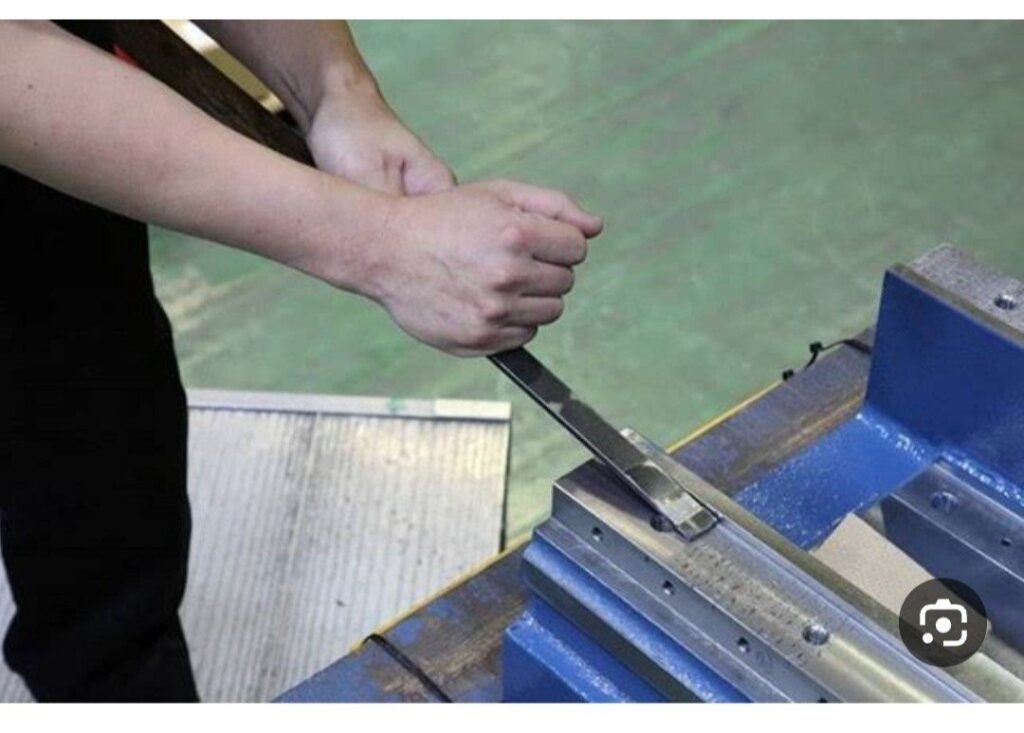
CNC 가공과 수동 가공의 장단점
CNC 가공과 수작업 가공 모두 장점과 한계가 있습니다. 각각의 장단점을 분석하여 특정 요구에 가장 적합한 방법을 결정할 수 있도록 도와드리겠습니다.
CNC 가공: 장단점
장점:
- 정확성과 일관성: CNC 기계는 매우 높은 정밀도를 제공하여 모든 부품이 사양에 맞게 생산되도록 보장합니다.
- 효율성과 속도: 프로그래밍이 완료되면 기계가 지속적으로 작동하여 가동 중단 시간을 줄이고 처리량을 늘릴 수 있습니다.
- 복잡한 디자인: CNC 기계는 수동 가공으로는 불가능하지는 않더라도 복잡한 형상과 복잡한 디자인을 처리할 수 있습니다.
- 오토메이션: 인적 오류를 줄이고 작업자 개입을 최소화하면 CNC 기계가 감독 없이도 부품을 생산할 수 있어 워크플로 효율성이 향상됩니다.
- 확장성: CNC는 동일한 프로그램으로 수백, 수천 개의 동일한 부품을 생산할 수 있기 때문에 대량 생산에 매우 적합합니다.
단점:
- 높은 초기 비용: CNC 기계는 기계 비용, 소프트웨어, 작업자 교육 등 상당한 초기 투자가 필요합니다.
- 사용자 지정 작업에 대한 유연성 저하: CNC 프로그램이 생성된 후 디자인을 변경하는 것은 특히 소규모 일회성 프로젝트의 경우 시간과 비용이 많이 소요될 수 있습니다.
- 유지: CNC 기계는 유지보수 및 수리가 복잡할 수 있으며 숙련된 기술자와 예비 부품이 필요하므로 비용이 많이 들 수 있습니다.
수동 가공: 장단점
장점:
- 유연성: 수동 가공은 맞춤형, 일회성 또는 소량 생산에 더 많은 유연성을 제공합니다.
- 초기 투자 비용 절감: 수동 기계는 일반적으로 CNC 기계보다 가격이 저렴합니다.
- 숙련된 노동력: 수동 가공은 숙련된 기계공이 높은 장인 정신으로 부품을 조정하고 다듬을 수 있는 귀중한 실무 경험을 제공합니다.
- 소규모 배치에 이상적: 수동 가공은 소규모 생산 또는 개별 부품의 경우 CNC 기계를 설치하는 것보다 더 빠르고 비용 효율적일 수 있습니다.
단점:
- 낮은 정밀도 및 일관성: 수동 가공은 작업자의 숙련도에 크게 의존합니다. 이로 인해 특히 대량 생산 시 부품 치수의 변동성이 발생할 수 있습니다.
- 느린 생산 속도: 수동 가공은 작업자가 각 부품을 수동으로 설정하고 조정해야 하므로 CNC 가공보다 속도가 훨씬 느립니다.
- 더 단순한 디자인으로 제한: 수동 가공은 유연성을 제공하지만 매우 복잡하거나 세밀한 부품을 생산할 때 효율성이 떨어지거나 성능이 떨어집니다.
CNC와 수동 가공의 주요 차이점
CNC와 수동 가공의 주요 차이점을 이해하면 어떤 방법이 가장 적합한지 결정하는 데 도움이 될 수 있습니다. 아래에서는 정확도, 속도, 비용 및 노동 요구 사항을 기준으로 두 가지를 비교해 보겠습니다.
정확성과 정밀성
CNC 가공 공정은 컴퓨터 프로그램에 의해 완전히 자동화되고 제어되므로 인적 오류를 최소화할 수 있습니다.
수동 가공은 작업자의 공구 제어 능력에 따라 부품 치수가 약간씩 달라질 수 있습니다.
속도 및 생산 속도 비교
CNC 기계는 특히 대량 생산에서 속도와 효율성을 위해 설계되었습니다. 한 번 설정하면 사람의 개입 없이도 지속적으로 작동할 수 있습니다.
수동 가공은 작업자가 공정 전반에 걸쳐 기계를 조정해야 하기 때문에 속도가 느려지는 경향이 있습니다.
설정 및 운영 비용
CNC 가공은 장기적으로 생산 효율성을 높여주지만 초기 설정 비용이 더 많이 듭니다. CNC 기계는 고가이며 CAD/CAM 소프트웨어, 교육 및 지속적인 유지보수에 대한 추가 비용이 발생합니다.
수동 기계의 경우 초기 투자 비용이 상대적으로 낮기 때문에 소규모 비즈니스나 맞춤형 상점에서도 쉽게 이용할 수 있습니다. 프로그래밍이나 복잡한 소프트웨어가 필요하지 않으므로 설치 비용도 저렴합니다.
노동 및 기술 요구 사항
CNC 기계에는 기계를 프로그래밍, 설정 및 유지보수할 수 있는 숙련된 작업자가 필요합니다.
수작업 가공은 작업자가 사용되는 기계, 재료 및 도구를 이해해야 하므로 높은 수준의 장인 정신이 필요합니다.
CNC 가공의 응용 분야
CNC 가공은 정밀도, 속도, 다용도로 인해 다양한 산업 분야에서 사용되고 있습니다. 다음은 CNC 가공이 탁월한 몇 가지 주요 분야입니다:
항공우주
CNC 기계는 터빈 블레이드, 엔진 부품 및 구조 요소와 같은 부품을 생산하는 데 자주 사용됩니다. 엄격한 공차와 복잡한 형상을 구현할 수 있기 때문에 CNC 가공은 항공우주 분야에 이상적입니다.
자동차
자동차 제조에서 CNC 가공은 OEM 및 애프터마켓 애플리케이션을 위한 고품질의 안정적인 부품을 생산합니다. 여기에는 엔진 부품, 섀시 부품, 서스펜션 시스템, 맞춤형 차량 개조 등이 포함됩니다.
의료 기기
CNC 가공은 의료 산업에서 특히 수술 기구, 임플란트 및 보철물과 같은 장치에 사용되는 정밀 부품을 만드는 데 매우 중요합니다. 이러한 부품에는 높은 정확도와 재료 호환성이 필요하며, 이는 CNC 가공이 제공할 수 있습니다.
전자제품
CNC 가공은 스마트폰, 태블릿 및 기타 가전 제품 케이스와 같은 전자 산업용 부품을 제조하는 데 자주 사용됩니다.
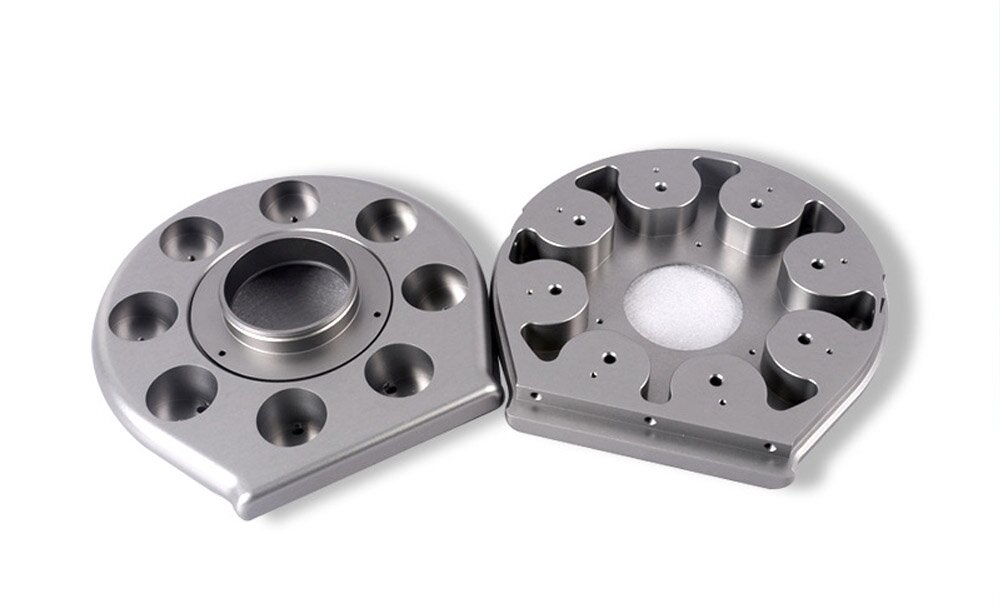
수동 가공의 응용 분야
수동 가공은 소량 생산에 유리합니다. 다음은 수동 가공이 여전히 선호되는 몇 가지 주요 애플리케이션입니다:
프로토타입 개발
수동 가공은 제품 개발 초기 단계, 특히 프로토타입 제작에 자주 사용됩니다. 수동 가공을 사용하면 디자인을 빠르게 변경하고 수정할 수 있습니다.
맞춤형 부품 및 수리
수동 가공은 맞춤형 부품을 생산하거나 기존 부품을 수리하는 데 이상적입니다. 수동 기계의 유연성 덕분에 손상된 부품을 생산하거나 수리하기 위해 빠르게 조정할 수 있습니다.
소량 생산
수동 가공은 소량 생산 또는 일회성 부품에 비용 효율적인 솔루션을 제공합니다. CNC보다 느릴 수 있지만 도구나 공정을 빠르게 변경할 수 있어 소량 생산에 적합한 옵션입니다.
CNC 가공과 수동 가공의 비용 차이는 무엇인가요?
기본 수동 밀링 머신은 약 $3,000에서 시작하지만, CNC 밀링 머신은 일반적으로 약 $5,000에서 시작합니다. 그러나 기계의 복잡성과 크기에 따라 CNC 기계는 가격이 크게 올라 수십만 달러에 이르는 경우도 있습니다.
수동 선반은 일반적으로 가격이 $1,000 정도로 더 저렴하며, CNC 선반은 일반적으로 $5,000에서 시작하여 기능과 성능에 따라 가격이 올라갑니다.
시간당 요금을 살펴보면 일반적으로 수동 가공 서비스가 더 저렴하며, 시간당 약 $40부터 시작합니다. 반면에 CNC 가공 서비스는 장비의 정교함과 자동화로 인해 가격이 더 높습니다. 기본 3축 CNC 기계는 일반적으로 시간당 약 $80의 비용이 듭니다.
시간당 비용을 비교할 때 중요한 고려 사항은 CNC 가공이 수동 가공보다 훨씬 더 높은 생산량을 제공한다는 점입니다.
CNC 가공 대 수동 가공: 어떤 기술을 선택해야 할까요?
CNC와 수동 가공 중 어떤 것을 선택할지는 프로젝트의 특정 요구 사항에 따라 다릅니다. 아래는 필요에 가장 적합한 기술을 결정하는 데 도움이 되는 가이드입니다.
CNC 가공을 선택해야 하는 경우
- 높은 정밀도와 엄격한 허용 오차가 필요합니다.
- 프로젝트에 복잡한 형상이 포함되어 있습니다.
- 대량으로 생산하고 있습니다.
수동 가공을 선택해야 하는 경우
- 프로젝트가 소규모이거나 사용자 지정 프로젝트입니다.
- 예산 제약이 있습니다.
- 속도보다 중요한 것은 유연성과 적응력입니다.
결론
CNC와 수동 가공 중 어떤 것을 선택할지 결정할 때는 생산 요구 사항에 따라 크게 달라집니다. 각 기술에는 장점이 있으므로 요구 사항을 이해하면 정보에 입각한 결정을 내리는 데 도움이 됩니다.
생산 프로세스를 최적화할 준비가 되었거나 비즈니스에 맞는 가공 솔루션에 대한 도움이 필요한 경우, 문의하기 에 연락하여 맞춤형 상담을 받아보세요. 프로젝트에 가장 적합한 가공 방법을 찾아보세요!
안녕하세요, 저는 케빈 리입니다

지난 10년 동안 저는 다양한 형태의 판금 제작에 몰두해 왔으며 다양한 워크숍에서 얻은 경험에서 얻은 멋진 통찰력을 이곳에서 공유했습니다.
연락하세요

케빈 리
저는 레이저 절단, 굽힘, 용접 및 표면 처리 기술을 전문으로 하는 판금 제조 분야에서 10년 이상의 전문 경험을 갖고 있습니다. Shengen의 기술 이사로서 저는 복잡한 제조 문제를 해결하고 각 프로젝트에서 혁신과 품질을 주도하는 데 최선을 다하고 있습니다.

